
| Recorded by: Tim Foley on 2025-06-10
Orange Co.
Comment: | 
| Recorded by: Carolyn Mott on 2025-06-09
Cumberland Co.
Comment: |
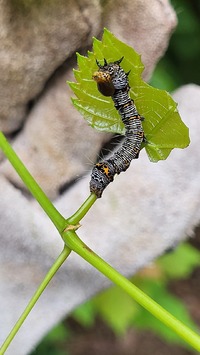
| Recorded by: Kaitlin Gross on 2025-05-10
Person Co.
Comment: | 
| Recorded by: R. Newman on 2025-05-01
Carteret Co.
Comment: |
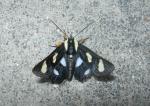
| Recorded by: R. Newman on 2025-05-01
Carteret Co.
Comment: | 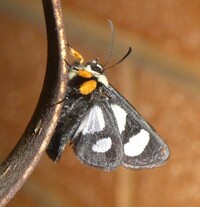
| Recorded by: Simpson Eason on 2025-04-22
Durham Co.
Comment: |
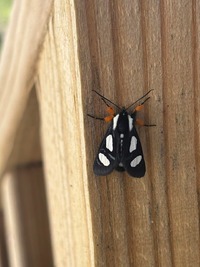
| Recorded by: Jen Caldwell on 2025-04-09
Buncombe Co.
Comment: | 
| Recorded by: David George, Jeff Niznik on 2025-04-05
Chatham Co.
Comment: |
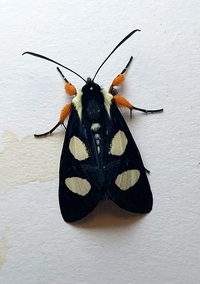
| Recorded by: Mark Basinger on 2025-03-27
Brunswick Co.
Comment: | 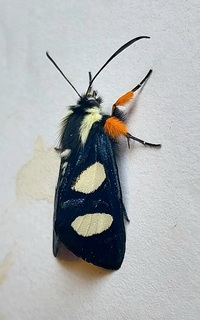
| Recorded by: Mark Basinger on 2025-03-27
Brunswick Co.
Comment: |
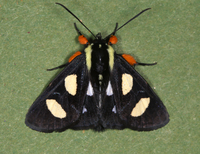
| Recorded by: Jim Petranka on 2024-06-20
Madison Co.
Comment: | 
| Recorded by: Jim Petranka on 2024-06-20
Madison Co.
Comment: |
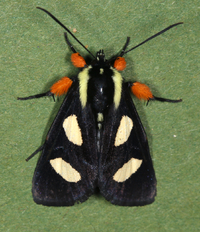
| Recorded by: Jim Petranka on 2024-06-20
Madison Co.
Comment: | 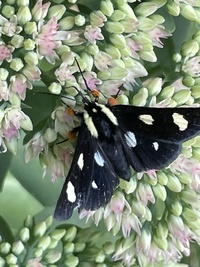
| Recorded by: Morgan Freese on 2024-06-13
Buncombe Co.
Comment: |
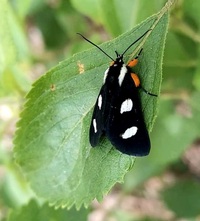
| Recorded by: Mark Basinger on 2024-06-13
Wilson Co.
Comment: | 
| Recorded by: R. Newman on 2024-05-24
Carteret Co.
Comment: |

| Recorded by: R. Newman on 2024-05-23
Carteret Co.
Comment: | 
| Recorded by: Lior S. Carlson on 2024-05-17
Orange Co.
Comment: |
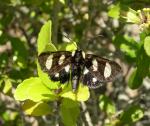
| Recorded by: R. Newman on 2024-04-25
Carteret Co.
Comment: | 
| Recorded by: R. Newman; L. Eckart on 2024-04-23
Carteret Co.
Comment: |
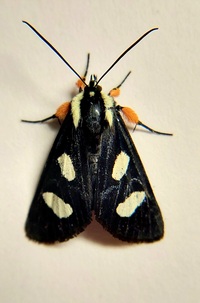
| Recorded by: Mark Basinger on 2024-04-03
Wilson Co.
Comment: | 
| Recorded by: Mark Basinger on 2024-04-03
Wilson Co.
Comment: |
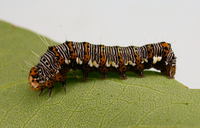
| Recorded by: J.B. Sullivan on 2023-06-13
Moore Co.
Comment: Beaten from a Black Cherry with a muscadine vine growing on it. | 
| Recorded by: J.B. Sullivan on 2023-06-13
Moore Co.
Comment: Beaten from a Black Cherry with a muscadine vine growing on it. |

| Recorded by: Mark Shields on 2023-03-25
Onslow Co.
Comment: | 
| Recorded by: Peregrine Bratschi on 2023-03-24
Durham Co.
Comment: |

| Recorded by: C. Jones on 2022-06-02
McDowell Co.
Comment: | 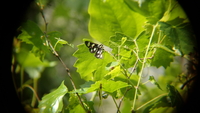
| Recorded by: Erich Hofmann on 2022-04-29
Columbus Co.
Comment: |
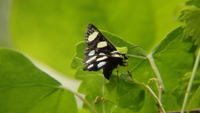
| Recorded by: Erich Hofmann on 2022-04-29
Columbus Co.
Comment: | 
| Recorded by: Owen McConnell & Deborah Hansen on 2021-06-19
Durham Co.
Comment: |
|

 »
»



























